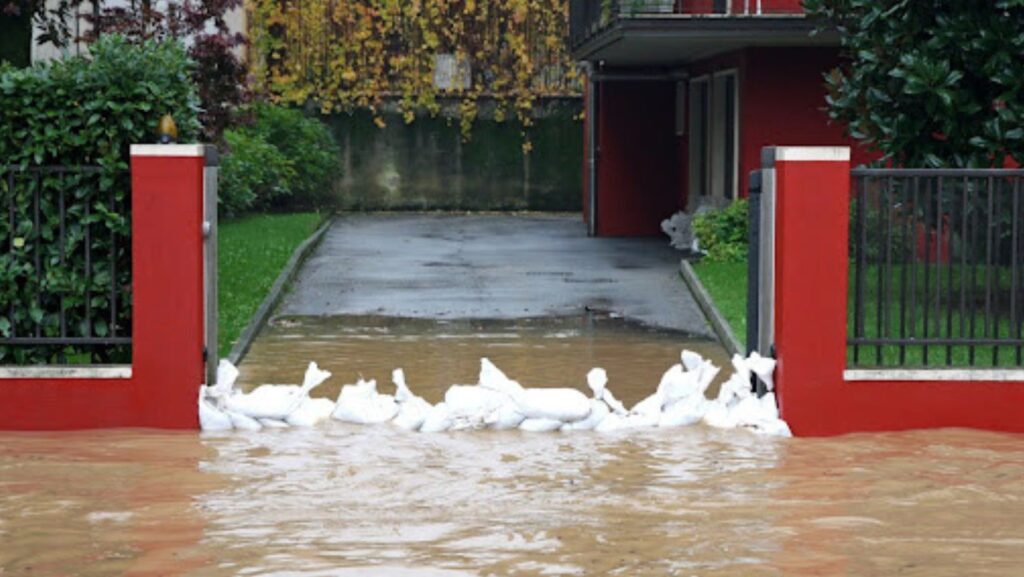In recent years, the world has witnessed an uptick in the frequency and intensity of flood events. This increase poses significant threats, not only at a global level but also to individuals and communities who stand on the front lines of these natural disasters. Flooding can lead to profound financial losses, emotional turmoil, and long-term displacement. Preparation and preventive measures are essential strategies in limiting the potential damage caused by these formidable forces of nature. This article provides insights into practical techniques that can help reduce flood damage effectively.
Understanding Flood Risks
To tackle floods effectively, it’s crucial to first comprehend the different types they present: riverine, flash, and coastal. Riverine floods occur when rivers overflow their banks, often due to excessive rainfall or snowmelt. Flash floods are sudden and fierce, typically caused by intense rainfall over a short period, while coastal floods result from storm surges and high tides exacerbated by strong winds. Knowing your proximity to these risks based on your location is paramount. Various online resources, such as government and environmental websites, offer flood maps and risk assessments to help gauge these risks.
Climate change further complicates flood patterns, altering precipitation levels and increasing the likelihood of severe weather events. By understanding these risks, property owners can better prepare and take specific actions to protect their assets and loved ones.
Property Modifications and Structural Adaptations
One effective method for minimizing flood damage is elevating homes above potential flood levels. This technique can significantly reduce interior water damage, saving costs associated with repairs and replacements. Installing flood barriers and levees around your property forms a first line of defense, effectively keeping floodwaters at bay.

Proper landscaping also plays a critical role. Grading the ground away from building foundations ensures rainwater flows away, reducing the risk of water seeping into basements or crawl spaces. Utilising flood-resistant materials such as water-tolerant flooring, concealed electrical components, and moisture-resistant insulation can significantly enhance the resilience of buildings against flooding.
Improving Drainage and Water Flow
Regular maintenance of gutters and drains is essential in preventing blockages that could lead to water damage. Ensuring gutters are free of debris and downspouts are diverting water far from your home’s foundation reduces the risk of overflow during heavy rains. Additionally, permeable pavements allow water to penetrate the ground rather than run off, decreasing the likelihood of flooding.
Systems like dry and wet wells offer practical solutions for managing excess water during flooding. These systems capture and hold stormwater, gradually releasing it into the ground or drainage system. As stormwater management becomes increasingly important, it’s crucial to know who is liable for stormwater management in your area. This can influence how responsibilities are shared between property owners and local authorities, especially in urban planning efforts that promote effective water flow away from residential areas, minimizing potential damage from overflow.
Emergency Preparedness and Response Plans
Creating an actionable emergency plan can make all the difference when floods threaten. An effective plan should include evacuation routes, family communication strategies, and a designated meeting place. It’s equally important to have an emergency supply kit stocked with essentials such as non-perishable food, water, flashlights, batteries, and first-aid supplies.
Participating in community emergency preparedness programs can bolster collective resilience, improving the chances of a coordinated and effective response to floods. Moreover, insurance plays a critical role in managing the financial fallout of flooding. Knowing who is liable for stormwater management and ensuring adequate coverage can alleviate significant financial burdens following a flood.
Smart Technology and Innovative Solutions
The advancement of smart technology offers homeowners allies in the fight against floods. Smart home devices can notify residents of potential flooding, providing valuable time to mitigate damage. Early warning systems and mobile apps specializing in flood prediction keep communities ahead of impending flood threats, giving individuals the needed opportunity to safeguard assets.

Innovative products, such as water-activated doors and automated barriers, act as barriers against incoming water, protecting properties within seconds. Meanwhile, blockchain technology is gradually improving insurance and claims processing, promising faster, more secure avenues for flood-affected individuals to recover financial losses.
Conclusion
In recap, the techniques discussed here are versatile and practical for minimizing flood damage. While elevating structures and improving drainage offer physical protection, proactive emergency preparedness and innovative technology solutions provide psychological and logistical advantages. Maintaining a constant focus on flood prevention and engaging in ongoing assessments remain imperative. Encourage involvement in local initiatives, fostering community resilience against future floods. Now is the time to act and safeguard homes and families against the unpredictable yet inevitable challenges of flood events.



